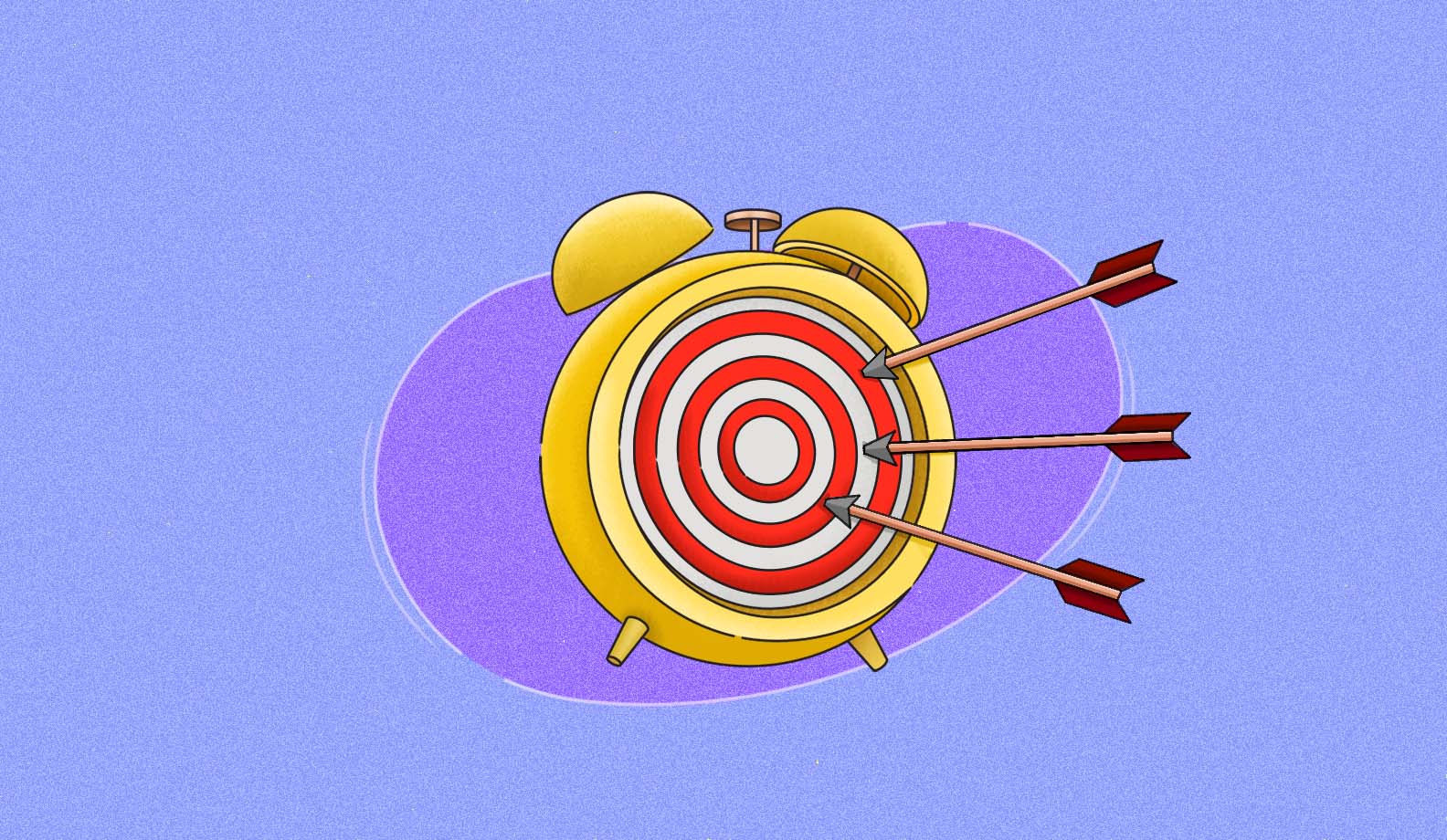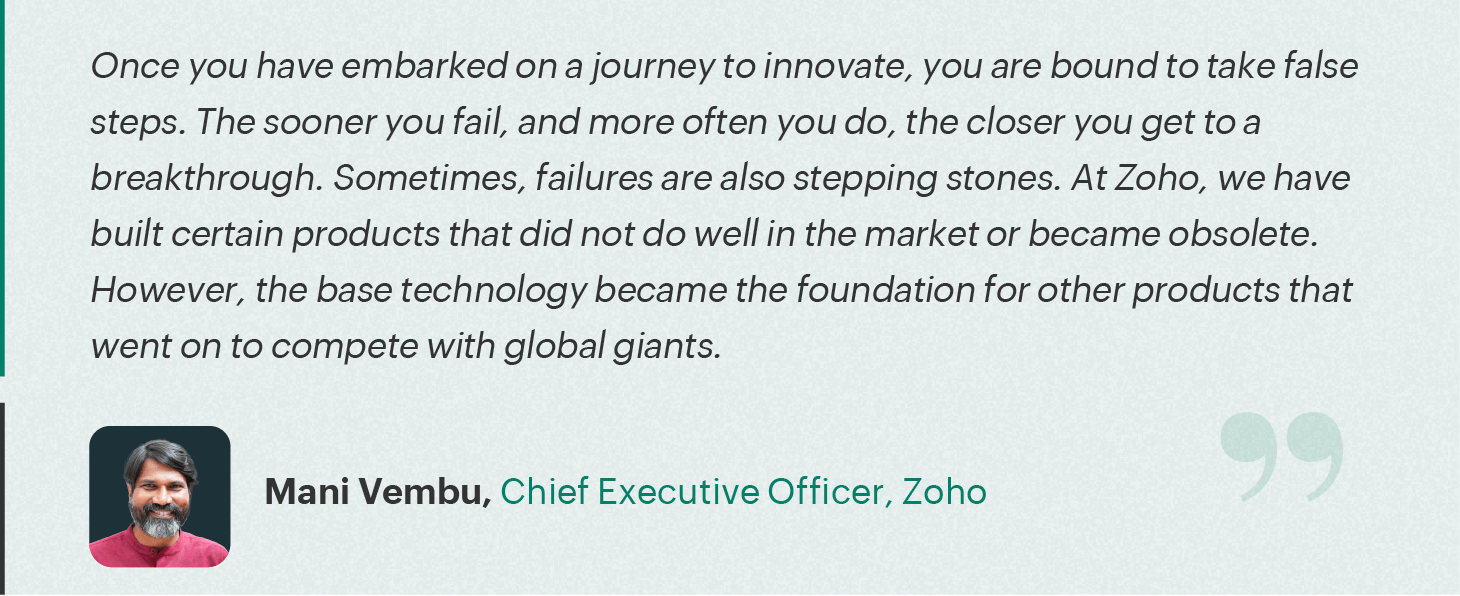Why it takes time to fail fast: The paradox behind lasting business growth

(In business, adopting the fail-fast principle can help you test ideas quickly, gather feedback early, and pivot when necessary. To learn more about the what, why, and how of failing fast, head to our previous blog. In this blog, we'll be expanding on the ideas introduced there and also exploring a key paradox in this approach.)
Although innovators from all eras have adopted the failing fast approach in one form or another, it has—in the past two decades—acquired an association with Silicon Valley's penchant for disruption and scale (Mark Zuckerberg's pithy proclamation to "move fast and break things" is an example how startups in the Valley embody this principle).
Criticisms of the Silicon Valley way to do business abound, and chief among them is its predisposition to "move fast" for the sake of scaling a business without considering the downstream consequences. Prioritizing action over preparation is great for testing new ideas and seeing which approach works best, but it can be dangerous when applied to your company's long-term vision.
Even Marc Andreessen, a venture capitalist from Silicon Valley who’s a self-professed techno-optimist, warns of the limitations of the fail-fast approach: “I think ‘fail fast’ is catastrophic if it is applied to strategy and goals.”
What's slow got to do with fail-fast?
Failing fast can be incredibly valuable for innovation. But, as Andreessen points out, it should be limited to tactics that work in the short term. "It’s incredibly important to have a really vivid, clear idea of where to get in the long run that you stick to and are very sold on and that everyone agrees to—then, be very, very flexible on tactics," he emphasizes.
To remain flexible on tactics while being focused on long-term vision requires you to design experiments that help you fail not just fast but intelligently so. In her book Right Kind of Wrong: The Science of Failing Well, Amy Edmondson lists five attributes that make a failure intelligent:
- Takes place in new territory: The failure couldn't have been predicted or avoided
- Opportunity-driven: You fail as part of a broader opportunity to advance toward your goal
- Informed by prior knowledge: You didn't fail blind, but did the basic homework before your experiment
- As small as possible: The failure consumes the least amount of time and resources and doesn't threaten your reputation
- Provides ample learnings: You understand what went wrong and use it to inform your next step
Keeping these attributes in mind while applying the fail-fast principle can help you design better experiments to fail fast. But if we look closer, none of these attributes seem to indicate swiftness. The failing part comes after designing the experiment to meet the first four attributes, which in itself can be a slow process.
And the fifth attribute, which is perhaps the most important of the lot, can also be the most time-consuming one. "Learning from intelligent failure can be slow, whether in our lives or in the technology that shapes the world. Sometimes it takes decades, with multiple people building on others' failures," Edmonson writes.
This is the paradox we run into here: In the fail fast approach, everything except the act of failing is slow.
Patience is a feature, not a bug
Stefan Thomke, who has extensively studied the management of innovation and what it takes to build a culture of experimentation, points out that changing an organization's processes, management, and culture to allow testing at a large scale will take time and patience.
"To become excellent requires constancy of purpose, frequent practice, and well-designed systems," he writes in the book Experimentation Works: The Surprising Power of Business Experiments.
There are, according to him, five stages of maturity that any business has to go through in its quest to become an "experimentation organization." These are Awareness, Belief, Commitment, Diffusion, and Embeddedness (or ABCDE):
- Awareness (Stage 1): Understanding that experimentation matters to innovation, but no frameworks and tools are in place
- Belief (Stage 2): Frameworks and tools are adopted by small and specialized groups within the organization, but experimentation is still peripheral to decision-making
- Commitment (Stage 3): Leadership pledges to make experimentation core to learning and decision making in the organization and allocates more resources
- Diffusion (Stage 4): Upon seeing some positive impact on business outcomes after the Commitment stage, leadership rolls out programs to spread experimentation
- Embeddedness (Stage 5): In the final stage, teams and individual employees are empowered and capable of designing and running their own experiments
But these five stages can't happen in a vacuum. Thomke elaborates that for an organization to enable large-scale experimentation, its leadership must focus on three things:
- Setting a grand challenge comprising testable hypotheses and performance metrics
- Putting trustworthy systems, resources, organizational designs, and standards in place
- Being patient role models for employees by adhering to the same rules as everyone else
Think of corporations that have been in business successfully for several decades. General Electric. IBM. Honda. Apple. Amazon. All these companies have one thing in common: They invest in large-scale experimentation not just to keep up but to pioneer rapid technological advances. Companies that realize the value of experimentation and take the time to set up systems and equip teams with tools and resources stand the test of time.
It's not that only companies that are well-funded and publicly traded get to accomplish this. We at Zoho have remained bootstrapped and private for three decades, offering over 55 products and serving more than 130 million users. In all these years of being in business, our most important realization has been this: To build anything that truly lasts, it takes time.
As an organization, we make this a reality that we live and breathe by:
- Spending a lot of time on R&D to create value for our customers
- Providing our teams with opportunities to experiment and the freedom to make mistakes
- Nurturing innovation by providing employees and teams with tools and time to develop something outside their stated scope of work
The paradox we encountered earlier—it takes time to fail fast—can't be solved but only embraced. Our lived experience is that only those companies that aim to fail fast in the short term but invest time in building systems that learn from failures and create value through innovation will truly last.
 Source: A deep tech future,Business Today, August 2025
Source: A deep tech future,Business Today, August 2025






